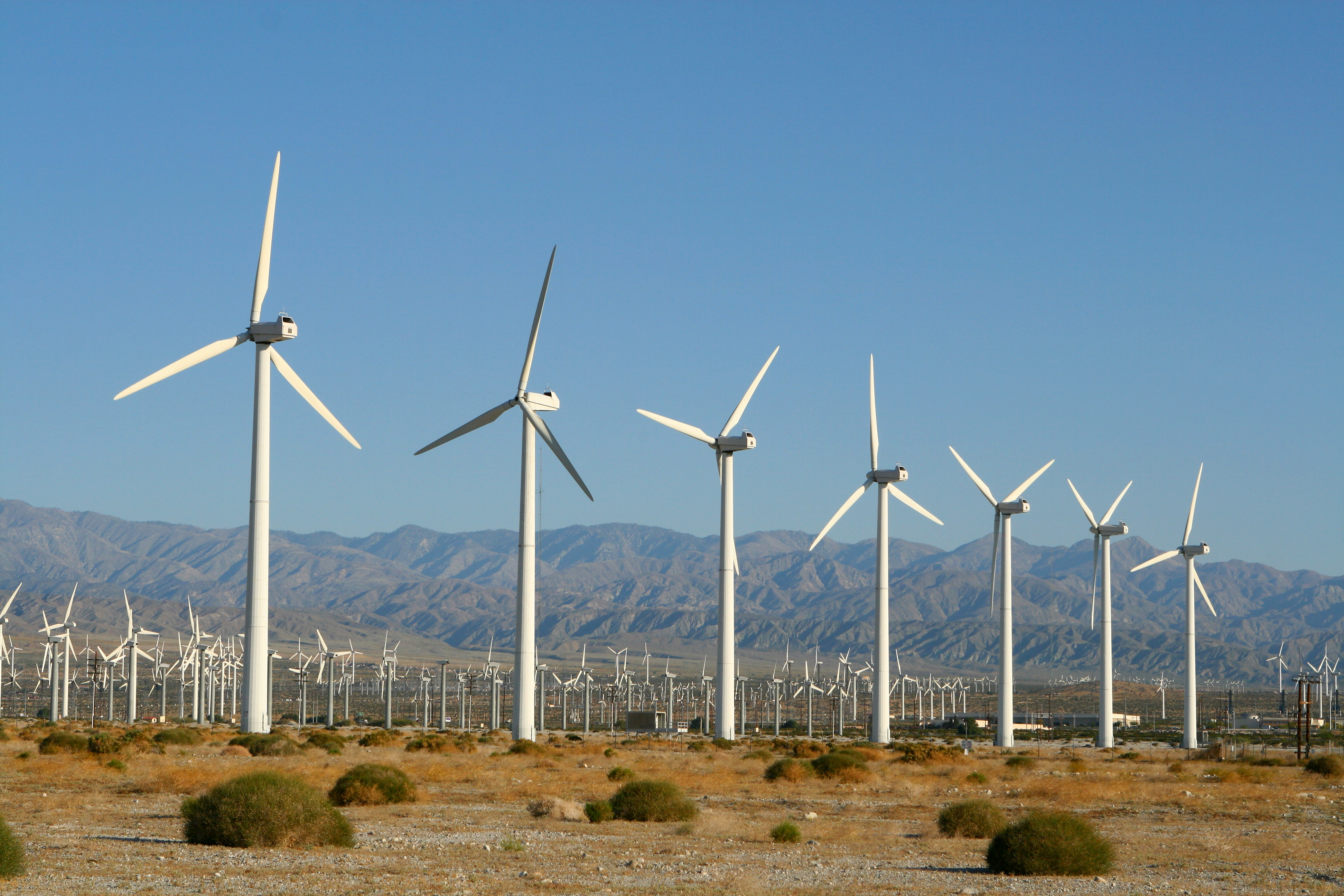
More articles on wind power in North Dakota.
- Background on why wind cannot provide base load of electricity we need to live a modern life.
- Capacity info for a new wind farm.
- Capacity for another wind farm and worries from regulators that the increase in power from wind and decrease in power from coal may soon create instability in the electricity grid.
8/5 – Dickinson Press – Power generated by wind adds to grid, but it’s still backup to coal in North Dakota – If you are just tuning in to energy issues, check out this article. It provides background to the idea that the electricity we need all the time is from what is called base load, which comes primarily from coal plants in North Dakota.
When electricity demand picks up, natural gas plants are spun up to produce the extra electricity. When demand drops back, the gas turbines can be dialed back.
In the moments when the wind is blowing, the power from those wind turbines is available and can replace the power from gas turbines for the minutes and hours while the wind is still blowing.
The problem is turbines only produce electricity at random moments while we humans want electricity when we want it. In the winter, with high electricity demands, turbines aren’t very helpful, because they only produce at 23% of capacity in the winter.
If that background is new to you, please check out the full article.
7/20 – Energy Media Group at Bakken.com – $250 million wind farm dedicated in northern North Dakota – Stats provided in article listed here as reference point:
- Border Winds Farm, north of Rolla
- $250M – cited cost
- 75 turbines
- 150mW theoretical capacity
- 30 square miles – footprint
Calculations:
- 2mW / turbine
- $1.67M / mW – cost per theoretical megawatt capacity; adjust as you wish for around 30% average capacity
- 2.5 turbines / square mile
- 256 acres for each turbine, or 0.4 square miles
7/20 – Dickinson Press – With largest-ever N.D. wind farm planned, regulator blames coal plant closing on wind power – Regulators are concerned the increasing amount of wind power in the state and closing of an old coal power plant will reduce the overall reliability of the electricity grid. The Stanton Station plant provides 189 mW of baseline power.
Reason for that comment? Wind power is unreliable. Electricity is only available when the wind is blowing within certain parameters, neither too slow nor too fast. Coal plants provide baseline load, power that is available all the time. The combination of getting rid of baseline load and essentially replacing that with intermittent electricity means there can be instability from fluctuations in wind speed.
Data from the facility:
- Glacier Ridge Wind Farm LLC – name
- 5 miles northeast of Valley City – location
- 300.15 mW – theoretical capacity
- 87 turbines
- 54 square mile footprint
Calculations:
- 3.45 mW / turbine – theoretical capacity – these will be huge turbines – factor that in as you picture the vast visual pollution during the day and constant light pollution at night
- 1.6 turbines / square mile
- 400 acres / turbine
Total wind power in the state provided in the article:
- 1,174 turbines – currently in operation
- 2,134 mW – theoretical capacity of turbines in operation
- 2,100 mW – theoretical capacity of turbines with permits